The newest study by ForwardKeys shows that Doha took a lead over Dubai in the first half of 2021 in the race to be the prominent travel hub in the Middle East. From Jan 1st to June 30th, the number of plane tickets issued for travel via Doha was 18% greater than through Dubai, and that appears to be continuing. Bookings for the second half of the year in Doha are now 17% higher than in Dubai.
Air traffic via Doha was 77% of that of Dubai at the start of the year, but it soon surpasses 100% for the first time during the week beginning Jan 27th. The removal of the ban of flights to and from Qatar, imposed in June 2017 by Bahrain, Egypt, Saudi Arabia, and the UAE, which accused Qatar of supporting terrorism – a charge Qatar firmly rejected, had an immediate detrimental impact on flights.
Qatar Airways, for example, was obliged to cut 18 routes from its network. In addition, numerous flights vis Doha was delayed because plans had to take diversions to avoid the airspace of the blockading countries. Since January, five routes to/from Doha have reopened: Cairo, Dammam, Dubai, Jeddah, and Riyadh, and traffic on other routes has increased. The restored routes that have made the greatest relative contribution to tourist arrivals are Dammam to Doha, which reached 30% of pre- blockade arrivals in the first half of 2017, and Dubai to Doha, which reached 21%. Furthermore, new links to Seattle, San Francisco, and Abidjan will be constructed in December 2020, January 2020, and June 2020, respectively.
“Without the embargo, which promoted the creation of alternative routes as a plan to replace lost business, perhaps we would not have seen Doha charging past Dubai,” said Oliver Ponti, vice-president insights at ForwardKeys.
“However, it should be noted that flights across the Middle East in H1 20210 were still 81% lower than pre-pandemic levels.” As the recovery progresses, the image may shift dramatically.”





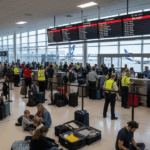





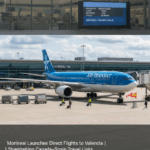
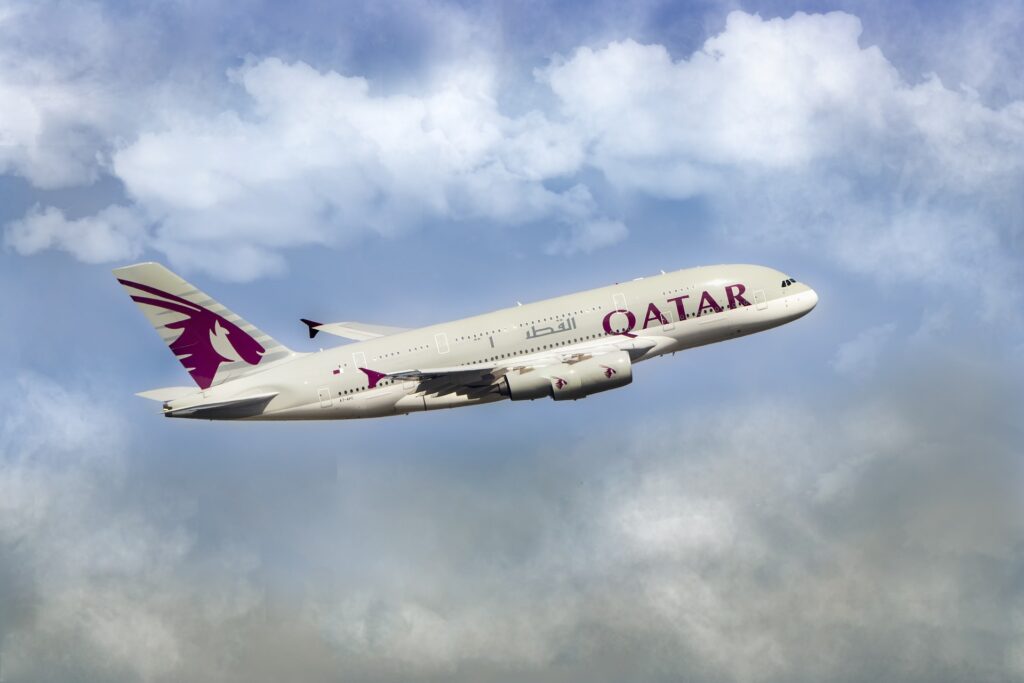

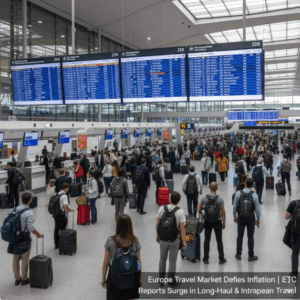
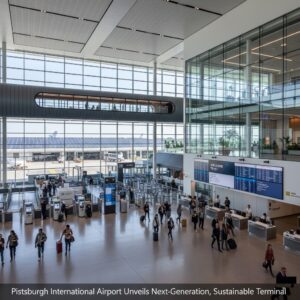

More Stories
Florida Joins Nevada, Hawaii, Georgia, and New York in Driving Record-Breaking Tourism Growth in the United States
Seville Shines as a Top European Destination for 2026 with Perfect Blend of History and Innovation
Costa Rica Joins Mexico, Brazil, Canada, Dominican Republic, US, and Others in Redefining Green Tourism with Eco-Friendly and Community-Based Solutions